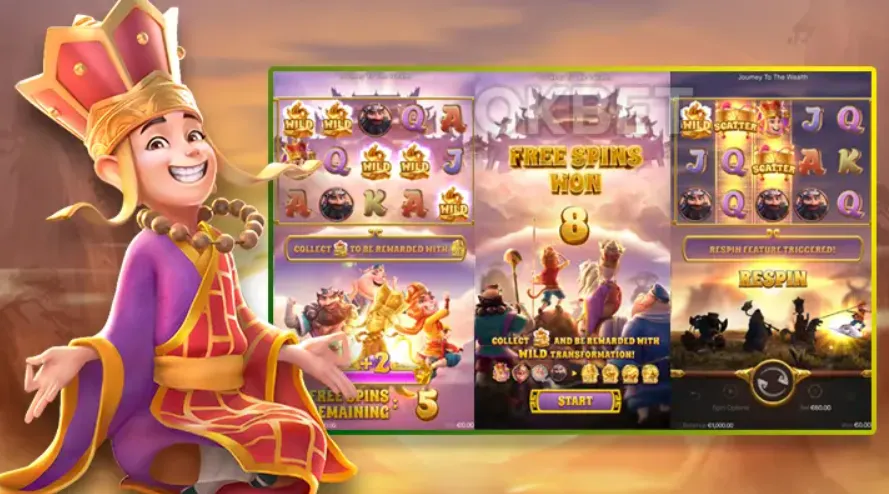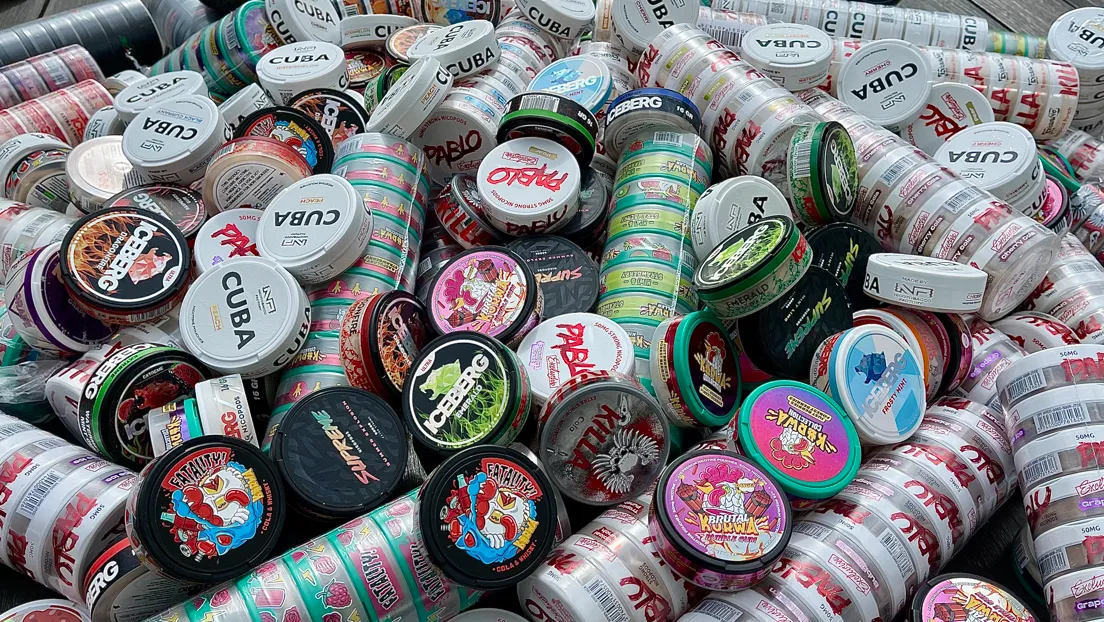In today’s fast-paced digital world, abbreviations and internet slang have become part of everyday communication. One such popular abbreviation is “TFW” — a simple three-letter acronym that carries layers of emotion, humor, and relatability.
Whether you’re scrolling through memes, texting a friend, or posting a tweet, you’ve probably come across “TFW” and wondered what it really means.
This article will explain what TFW stands for, its origins, how it’s commonly used in text and online, and provide 11 polished, professional, and casual alternatives that you can use in different settings. You’ll also get guidance on how to select the right version depending on tone and situation, so your message comes across exactly how you intend.
🧐 What Does “TFW” Mean?
TFW stands for “That Feeling When.”
It’s used to describe a moment, emotion, or relatable experience — often followed by a short sentence, image, or meme that illustrates that feeling. It gives readers or viewers a context or emotional state they can connect with.
📌 Example:
TFW you finally get home after a long day and your pet greets you at the door.
(Translation: It feels amazing, comforting, and heartwarming.)
Originally popularized on social media platforms like Tumblr, Reddit, and Twitter, TFW quickly became a widely used internet expression. Its charm lies in its versatility — it can be used to describe joy, embarrassment, nostalgia, frustration, or any complex emotion that doesn’t always translate into words directly.
🧠 Why People Use “TFW” in Text and Online
Here are a few reasons why TFW has become a digital staple:
- ✅ Emotional shortcut – It expresses feelings instantly without long explanations.
- ✅ Relatable – It allows people to connect over shared experiences or thoughts.
- ✅ Trendy – Using such acronyms keeps communication informal and current.
- ✅ Versatile – It can be serious, silly, sarcastic, or heartwarming.
But while TFW is widely accepted in casual conversation, it might not always be suitable for professional or formal communication. That’s why knowing its alternatives is essential.
💬 When and Where to Use “TFW”
Let’s explore different settings where TFW might or might not be appropriate:
✔️ Best for:
- Text messages to friends
- Twitter or meme captions
- Instagram stories or casual posts
- Private group chats
❌ Not ideal for:
- Professional emails
- Job applications
- Business presentations
- Academic writing
🌟 11 Alternatives to “TFW” for Different Tones and Situations
Here’s where we offer smart, clear, and situation-specific alternatives to TFW. Whether you’re writing to a coworker, responding to a friend, or captioning a photo, these phrases will help you communicate your emotion effectively and appropriately.
1. “That moment when…”
✅ Tone: Casual or neutral
✅ Use in: Stories, informal writing, or social media
Example: That moment when you realize it’s Friday and your weekend plans are still empty.
🔍 Why it’s great: This is the direct long-form version of TFW. It’s still informal but can be used without relying on internet slang.
2. “When you suddenly feel…”
✅ Tone: Mildly emotional, introspective
✅ Use in: Reflective posts, creative writing, or personal texts
Example: When you suddenly feel like everything is finally falling into place.
🔍 Why it’s great: It adds depth and emotional nuance, making it suitable for more thoughtful content.
3. “That indescribable feeling you get when…”
✅ Tone: Poetic, expressive
✅ Use in: Personal blogs, creative messages
Example: That indescribable feeling you get when you smell something from your childhood.
🔍 Why it’s great: It replaces TFW with richer imagery and emotion.
4. “There’s nothing quite like…”
✅ Tone: Warm, nostalgic
✅ Use in: Conversations or content that aims to evoke fond memories
Example: There’s nothing quite like hearing your favorite song on the radio by surprise.
🔍 Why it’s great: This phrase is ideal for expressing joy or nostalgia.
5. “You know that feeling…”
✅ Tone: Conversational, friendly
✅ Use in: Relatable storytelling, informal posts
Example: You know that feeling when everything goes wrong, but you still find a reason to smile?
🔍 Why it’s great: It directly involves the reader, pulling them into the emotion.
6. “I love that feeling when…”
✅ Tone: Positive, enthusiastic
✅ Use in: Social media posts, texts, or casual blogs
Example: I love that feeling when your hard work finally pays off.
🔍 Why it’s great: It personalizes the sentiment and expresses happiness.
7. “It’s the little things like…”
✅ Tone: Grateful, reflective
✅ Use in: Gratitude posts, life reflections
Example: It’s the little things like a warm cup of coffee on a rainy day.
🔍 Why it’s great: It emphasizes appreciation and mindfulness.
8. “Suddenly, everything feels right because…”
✅ Tone: Emotional, impactful
✅ Use in: More serious emotional expressions
Example: Suddenly, everything feels right because you remembered someone believed in you.
🔍 Why it’s great: Perfect for deeper emotional moments.
9. “Can anyone else relate to…”
✅ Tone: Engaging, social
✅ Use in: Social posts or group chats
Example: Can anyone else relate to waking up before your alarm and just lying there thinking?
🔍 Why it’s great: It encourages interaction and relatability.
10. “It hits different when…”
✅ Tone: Trendy, expressive
✅ Use in: Pop culture posts, emotional captions
Example: It hits different when your favorite song plays during a tough day.
🔍 Why it’s great: A modern phrase with emotional depth and connection.
11. “That emotional rush when…”
✅ Tone: Descriptive, intense
✅ Use in: Writing with a dramatic or sentimental flair
Example: That emotional rush when you step onto the stage and see the crowd.
🔍 Why it’s great: Adds emphasis and builds emotional imagery without relying on slang.
📝 Choosing the Right Alternative: A Quick Guide
How do you decide which version of TFW or its alternative fits best in your message? Use this checklist:
1. Know your audience
- Are you writing to friends? TFW or informal alternatives are fine.
- Is it for a boss or client? Go for a professional-sounding phrase.
2. Understand the emotion
- Is it a happy, sad, nostalgic, or funny moment?
- Choose a phrase that reflects the depth and tone of the feeling.
3. Consider your platform
- Twitter or Instagram? Feel free to use modern, casual alternatives.
- Resume, email, or professional blog? Stick with polished expressions.
🤝 Final Thoughts
While “TFW” is a compact and expressive abbreviation that’s perfect for online interaction, it’s important to know how to express the same sentiment across different tones and contexts.
Whether you’re writing something light-hearted for social media or crafting a thoughtful message in a blog post or email, there’s always a way to convey that unique feeling in words that are clear, relatable, and audience-appropriate.
Words have power. Choosing the right way to express your emotions can strengthen connections, make your writing stand out, and even leave a lasting impression.
So next time you’re tempted to write “TFW,” think about your audience—and try out one of the eleven alternatives you’ve just learned. You might find your message hits even harder




